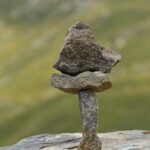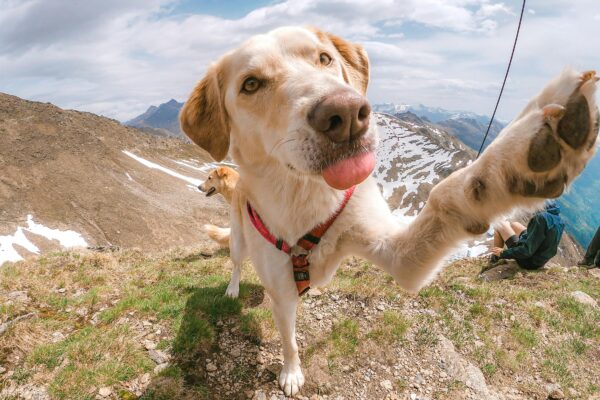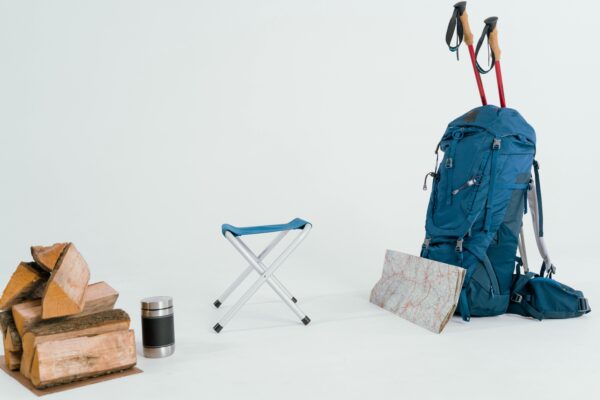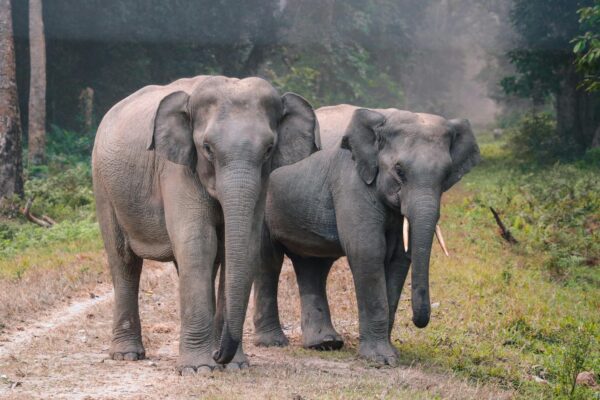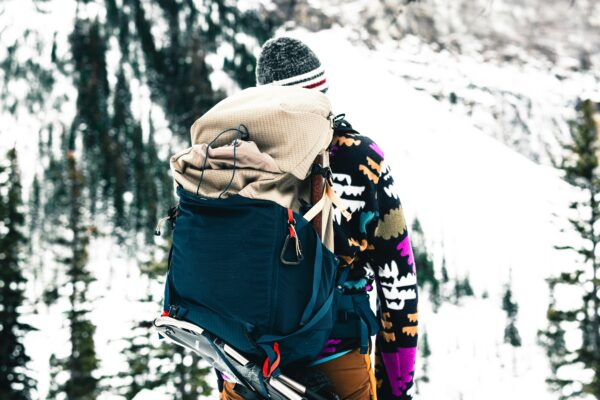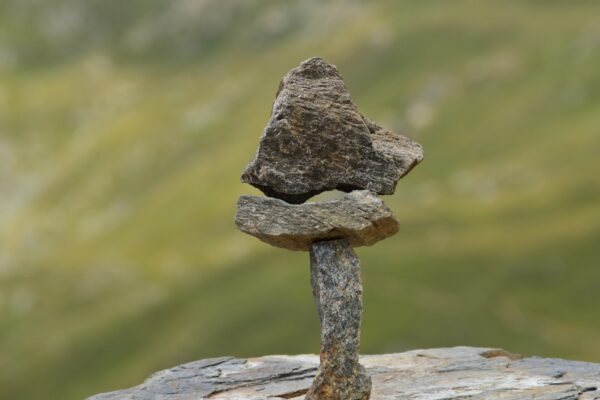
Mind Bombs in the Wilderness: The Uncharted Dangers of Nature-Inspired Mindfulness Practices
Mind Bombs in the Wilderness: The Uncharted Dangers of Nature-Inspired Mindfulness Practices
Venturing into the wilderness in search of inner peace, many are turning to nature-inspired mindfulness practices. But beneath the serene surface, a darker reality lurks. Recent studies have uncovered a disturbing trend: mindfulness, especially when practiced in intense natural settings, can have unforeseen and potentially devastating effects. From triggering anxiety and depression to fostering a sense of detachment and even increasing selfishness, the very practices meant to heal can harm[1][2]. The wilderness, once a sanctuary, can become a catalyst for psychological turmoil. As we delve into the uncharted dangers of nature-inspired mindfulness, we challenge the conventional wisdom that these practices are universally beneficial. Join us on a journey into the shadowy side of mindfulness, where the pursuit of peace can lead to unexpected peril.





